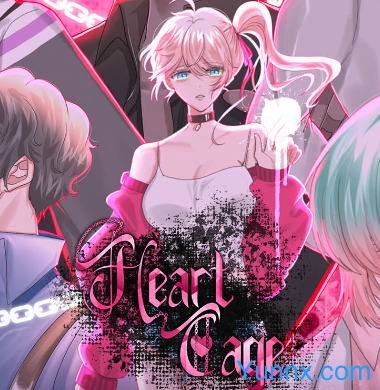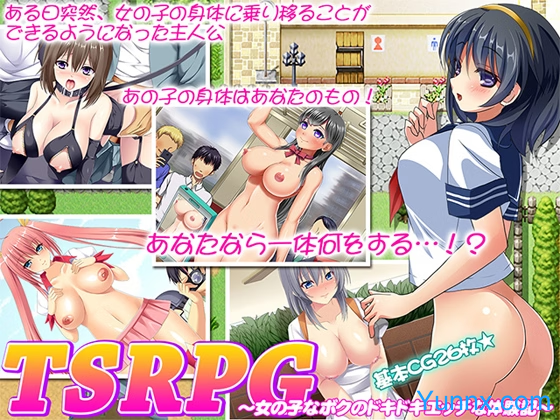Hearthstone Guide: Core Mechanics, Deckbuilding Tips, and Winning Strategies
Apr 29, 2025
Hearthstone, Blizzard Entertainment’s digital collectible card game, combines strategic deckbuilding, resource management, and tactical gameplay. Whether you’re a new player or a seasoned veteran, mastering its mechanics and meta shifts is key to success. Below is a comprehensive guide to dominating the game.
1. Core Gameplay Mechanics
Objective
- Defeat your opponent by reducing their hero’s health to zero using minions, spells, and hero powers.
Resource Management
- Mana Crystals: Gain 1 additional mana crystal each turn (max 10). Prioritize playing on curve (using all mana each turn) to maintain tempo.
- Card Advantage: Avoid overextending your hand. Use card-draw mechanics (e.g., Novice Engineer, Acolyte of Pain) to maintain resources.
Card Types
- Minions: Units that attack or defend. Key subtypes include Taunt (forces enemies to attack them) and Rush (can attack minions immediately).
- Spells: Direct effects like damage, healing, or board control. Use spell schools (e.g., Fire, Frost) for synergies.
- Weapons: Equipable by heroes for direct attacks (e.g., Warrior’s Fiery War Axe).
2. Deckbuilding Essentials
Class Selection
- Beginner-Friendly Classes: Mage (flexible spells), Warlock (card draw), and Shaman (overload synergies) are ideal for new players due to straightforward mechanics and budget-friendly decks.
- Advanced Classes: Rogue (combo synergies) and Priest (reactive playstyle) require precise timing and game knowledge.
Key Archetypes
- Aggro: Overwhelm opponents early with low-cost minions (e.g., Zoo Warlock).
- Control: Outlast opponents with removal spells and late-game threats (e.g., Control Warrior).
- Midrange: Balance tempo and value (e.g., Tempo Mage).
Optimizing Your Deck
- Mana Curve: Aim for a balanced distribution (e.g., 2–4 mid-cost minions).
- Synergies: Build around mechanics like Deathrattle (triggered on death) or Battlecry (activated on play). Use search filters like `has:battlecry` to find synergies.
- Tech Cards: Include situational counters (e.g., Silence effects for Taunt minions).
3. Battle Strategies
Mulligan Phase
- Keep low-cost minions (1–3 mana) and curve-enablers. Against Aggro, prioritize early removal (e.g., Backstab for Rogues).
Board Control
- Trade efficiently: Use minions to eliminate threats while preserving your own. For example, prioritize killing 2-health minions with spells like Frostbolt.
- Initiative: Force opponents to react to your threats. A board of 3+ minions often pressures opponents into suboptimal plays.
Resource Allocation
- Hero Health: Sacrificing health for card advantage (e.g., Warlock’s Life Tap) is viable if you can close the game quickly.
- Overcommitment: Avoid playing all cards unless securing lethal. Control decks punish overextension with board wipes.
4. Advanced Techniques
Combo Execution
- Combine cards like Sorcerer’s Apprentice (reduces spell costs) with Fireball for burst damage.
Predicting Opponents
- Study meta decks (e.g., Dragon Warrior, Burn Shaman) to anticipate threats. For example, save removal for key cards like Alexstrasza.
Card Search Optimization
- Use in-game filters like `attack:4-6` (minions with 4–6 attack) or `rarity:legendary` to refine deckbuilding.
5. Common Mistakes to Avoid
1. Ignoring Tempo: Falling behind on board early often leads to irreversible losses.
2. Misusing Hero Powers: For example, Priests should prioritize healing minions over their hero in control matchups.
3. Overvaluing Legendaries: Many budget decks (e.g., Face Hunter) thrive without expensive cards.
6. Meta Adaptation
- Seasonal Updates: Stay informed about new mechanics like Smoldering (cards grow stronger each turn but risk burning out) in Battlegrounds Season 10.
- Trinkets: In Battlegrounds, prioritize synergistic trinkets (e.g., stat-boosting passives) on turns 6 and 9.
Conclusion
Hearthstone rewards adaptability and strategic foresight. Start with budget decks like Tempo Mage or Zoo Warlock, refine your playstyle, and gradually experiment with complex archetypes. For deeper insights, explore community resources like Hearthpwn or official Battlegrounds updates.
Glossary of Key Terms:
- Tempo: Board advantage through efficient resource use.
- Value: Maximizing card effectiveness over time.
- Meta: The current competitive deck landscape.
Recommend Apps









